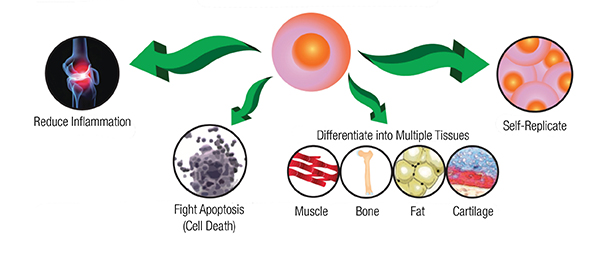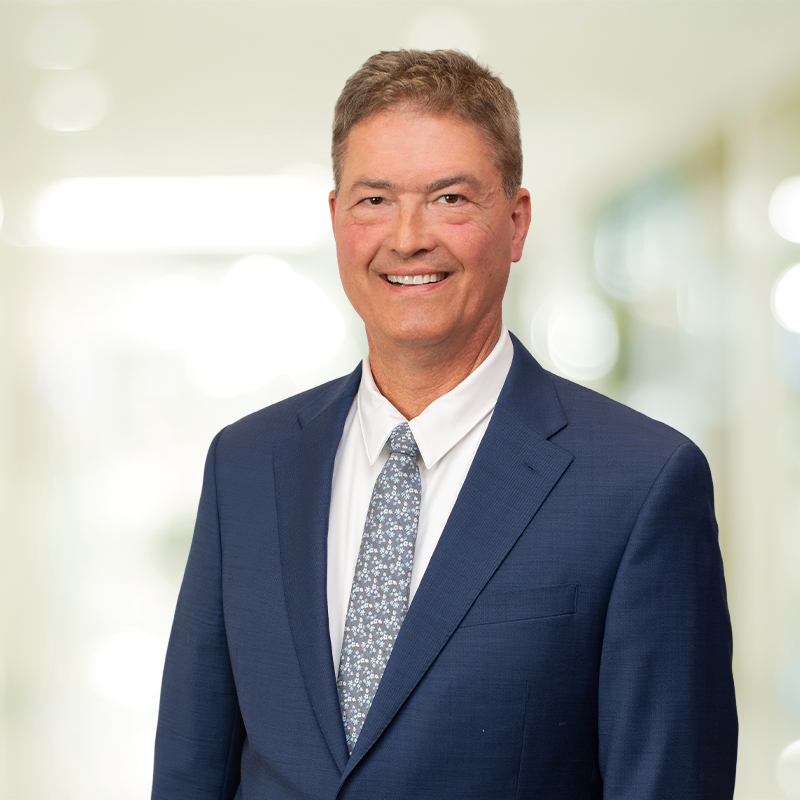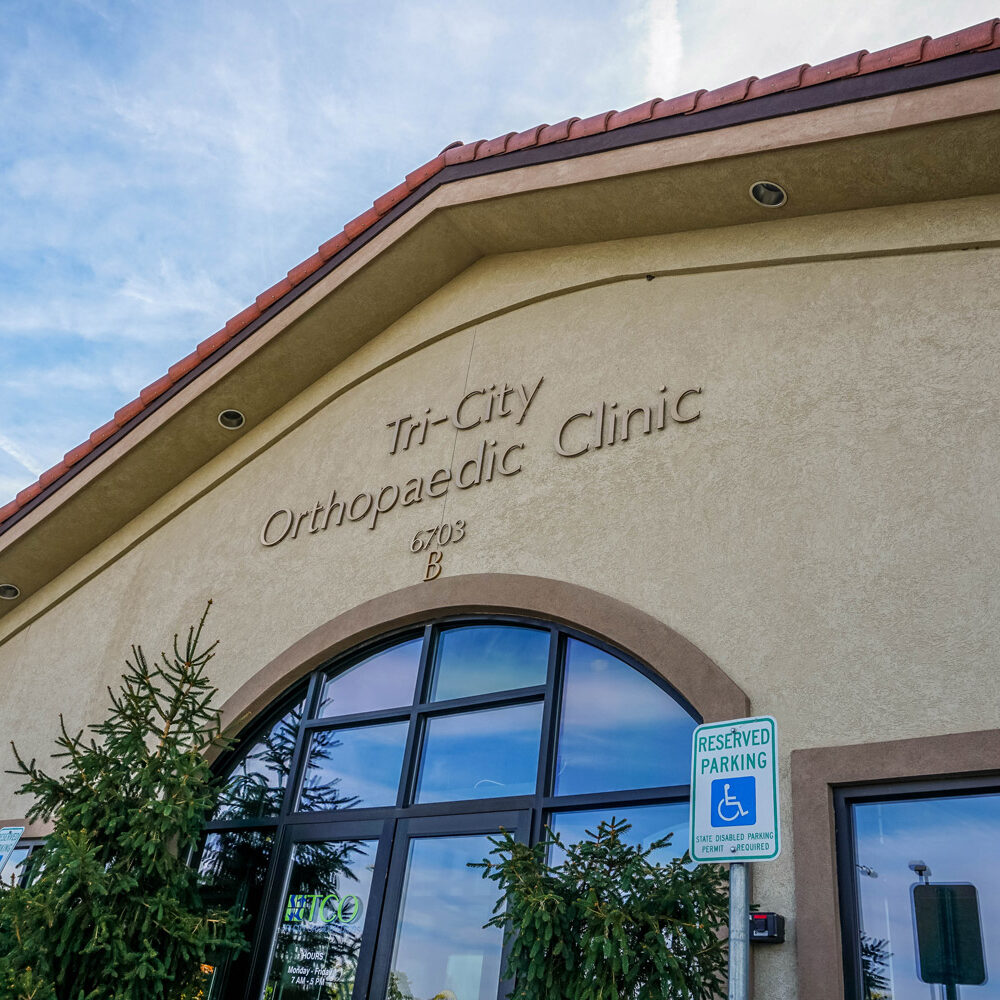OrthoBiologic Therapy
OrthoBiologics is an innovative new approach designed to treat some orthopaedic injury and disease conditions.
Healing Pain & Injury With Minimally-Invasive Treatments
Some naturally occurring cells in the body have the ability to differentiate and promote the repair and regeneration of a variety of damaged tissues. With OrthoBiologic therapy, we use these cells to create a concentrated treatment that frequently is administered with a simple injection and occasionally in conjunction with surgery.
Various OrthoBiologic treatments can promote healing, decrease inflammation, and repair damaged tissues often without the invasiveness of surgical intervention.
OrthoBiologics Can Provide Pain Relief and Help Treat a Variety of Cartilage, Tendon, Ligament & Muscle Injuries:
-
Mild to severe osteoarthritis/degenerative arthritis of the joints, especially in the shoulder and knee but other joints as well
-
Tendon injuries including some rotator cuff tears and tennis elbow
-
Articular cartilage injuries


OrthoBiologic Therapy with Dr. Johnathan Perry
With FDA clearance, strong scientific evidence, and teams of scientists and physicians, Dr. Perry at Tri City Orthopaedics has decided to add this option to help people currently struggling with a variety of orthopaedic issues.




